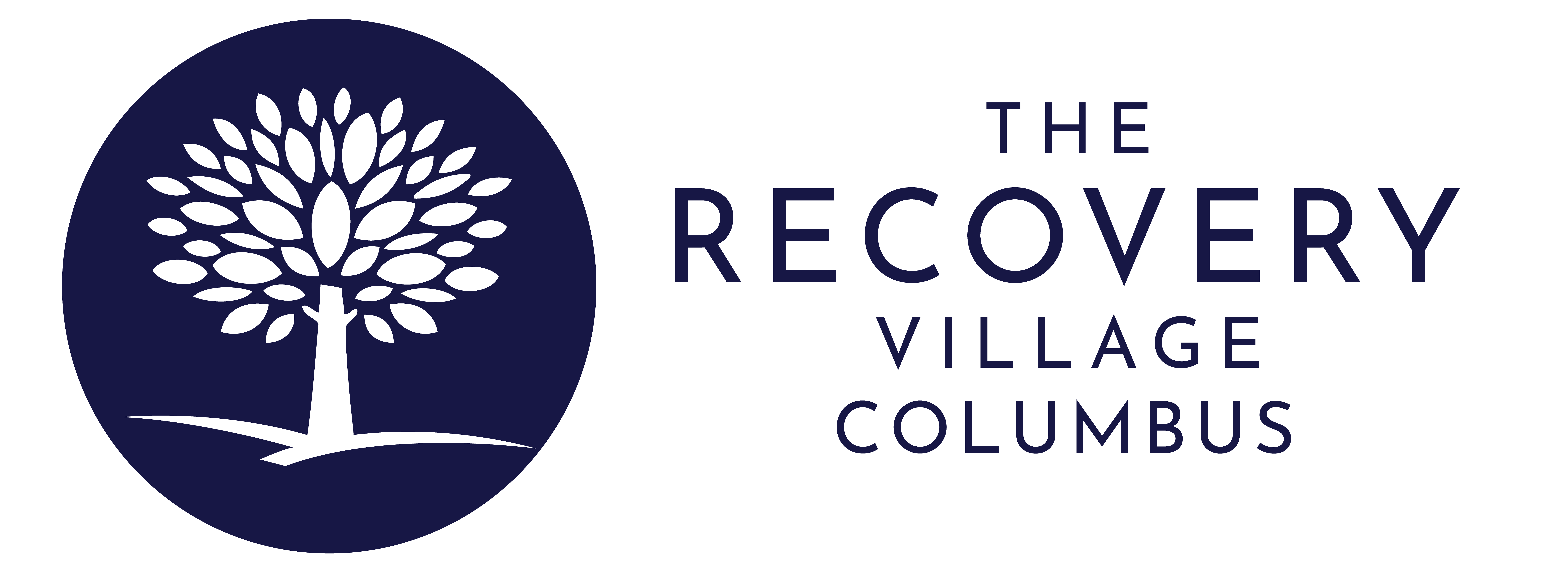Blue Eyes and Alcoholism: Exploring the Connection
Written by The Recovery Village Columbus
& Medically Reviewed by Dr. Kevin Wandler, MD
Medically Reviewed
Up to Date
Updated 05/05/2024
Key Takeaways
- Research suggests a potential genetic link between blue eye color and an increased risk of alcoholism, particularly in European ancestry populations.
- The correlation between blue eyes and alcoholism is not yet well-established and requires further research.
- Understanding the gene-environment interactions in alcoholism is crucial for developing targeted prevention and treatment strategies.
- No matter what eye color you have, seeking treatment for alcohol use disorder as soon as possible can improve sobriety outcomes.
New research suggests that there might be a genetic link between having blue eyes and being more likely to develop alcoholism. Studies focusing on European populations have found a correlation between the two, which indicates that people with blue eyes may be more prone to alcohol dependency. This evidence comes from a combination of epidemiological and genetic research done to better understand alcohol use disorders.
The studies in question have pointed to the existence of a genetic overlap that may explain the association between blue eye color and alcoholism. For instance, an article in the American Journal of Medical Genetics: Neuropsychiatric Genetics (Part B) highlights this potential risk factor among European Americans with blue eyes compared to those with darker ones.
Alcohol use disorder is influenced by various factors, including genetic predisposition and environmental influences. While there is growing interest in the connection between genes and alcoholism, it’s important to note that this research is still in its early stages. More studies are necessary to understand the implications of this association. Future research should examine the genetic basis of this connection and the role of other confounding factors that may contribute to alcoholism risk.
Epidemiological Evidence for a Link Between Eye Color and Alcoholism
Epidemiological studies investigating the relationship between eye color and alcoholism present a complex and often contradictory landscape. Research highlighted by a study published in the American Journal of Medical Genetics suggests a potential genetic linkage between lighter eye colors, particularly blue eyes, and a higher incidence of alcohol dependence. This study found that individuals with light-colored eyes, such as blue, green, or grey, showed a stronger tendency towards alcohol dependence than those with dark brown eyes.
Another study indicated that European Americans with blue eyes had a higher incidence of alcohol dependence. This research posits that the genetic components determining eye color may align with those related to excessive alcohol use, suggesting a potential correlation that warrants further investigation.
The significance of these findings is still under debate. Other studies caution against drawing direct causal inferences from such associations. More research is needed to understand the extent to which eye color can be considered a risk factor for alcoholism or if it is simply an associated characteristic among certain populations.
If you are struggling with alcohol addiction, we are here for you.
Value of Eye Color Genetics on Alcoholism Treatment
Further research is needed to establish a potential genetic connection between blue eyes and alcoholism. However, if this connection is confirmed, healthcare professionals may use it to better assess an individual’s risk for alcohol use disorders (AUD). This would be especially useful for genetic counseling and treatment strategies. By considering genetic factors more closely, medical professionals could provide more targeted and effective care for those struggling with AUD.
Could You Be at Risk for an Alcohol Use Disorder?
There are other signs you could be at risk for developing an AUD that have been backed by numerous studies. These risk factors can include:
- A family history of substance abuse or addiction (50-60% of AUD vulnerability is inherited)
- Using drugs or alcohol for the first time at a young age
- Growing up around heavy/frequent use of substances
- Driving while intoxicated
- Having a mental health disorder, such as anxiety, major depressive disorder, or post-traumatic stress disorder (PTSD)
- Using drugs or alcohol to cope with uncomfortable feelings
- Being in the age range of 18-29
Signs of Alcohol Use Disorder
An alcohol use disorder (AUD) is a medical condition characterized by an impaired ability to stop or control alcohol use despite adverse social, occupational, or health consequences. It encompasses a range of behaviors from mild to severe and can develop into a significant health risk if left untreated. Some examples of AUDs include binge drinking, chronic heavy drinking, and alcoholism. According to the 2022 National Survey on Drug Use and Health (NSDUH), 28.8 million adults had AUD in the last year. Of those adults, 21.5 million had a co-occurring mental health disorder. However, 8.8 million people did not receive treatment for either disorder. With so many people affected by AUD, recognizing the signs of this disease is crucial for early intervention and successful management.
Signs of an alcohol use disorder include experiencing the following challenges in the past year:
- Drinking more or for longer periods than intended
- Unsuccessful attempts to cut down or stop drinking
- Spending a lot of time obtaining, using, or recovering from alcohol
- Cravings, or a strong desire to use alcohol
- Recurrent alcohol use resulting in a failure to fulfill major role obligations at work, school, or home
- Continued alcohol use despite having persistent or recurrent social or interpersonal problems caused or worsened by the effects of alcohol
- Neglecting hobbies, family events, or professional obligations
- Recurrent alcohol use in situations in which it is physically hazardous (e.g., driving while intoxicated or operating heavy machinery)
- Continued alcohol use despite knowledge of having persistent or recurrent health issues likely to have been caused or exacerbated by alcohol
- Needing markedly increased amounts of alcohol to achieve intoxication or desired effect, or markedly diminished effect with continued use of the same amount of alcohol
- Experiencing withdrawal symptoms when the effects of alcohol wear off, such as sweating, shaking, nausea, and anxiety, or drinking to relieve or avoid withdrawal symptoms
Whether you have blue eyes, green eyes, brown eyes, or any eye color in between, getting comprehensive treatment for alcohol addiction is the best way to start on the path to recovery.
Authorship


